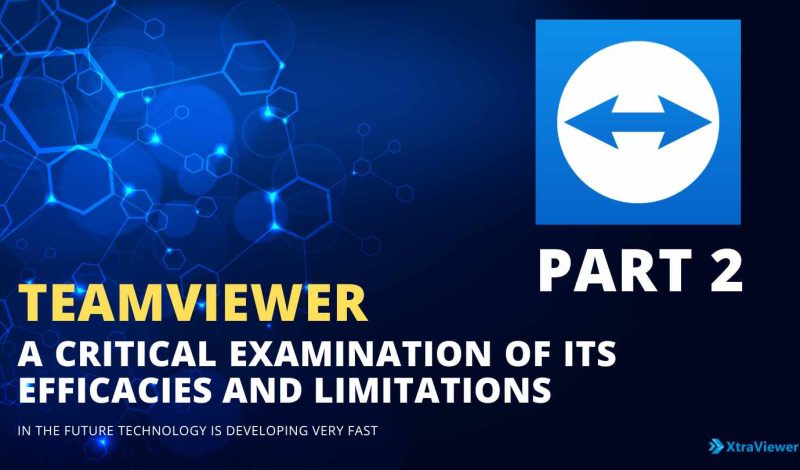In this extended analysis of TeamViewer, the focus has been to provide a nuanced view that goes beyond the surface-level advantages. It’s vital to recognize the comprehensive nature of such software assessments, considering both its celebrated features and its less-discussed limitations. Here are further thoughts and a conclusion to encapsulate the critical examination of TeamViewer.
Delving Deeper: The User Spectrum & Support
Diverse User Base Considerations
TeamViewer is used across a spectrum of scenarios, from individual freelancers to large corporations. While it attempts to cater to a broad audience, the one-size-fits-all approach may not fully address the unique needs of each user segment. Personal users might find it overly complex, while large enterprises might require more customization and integration capabilities than what is offered.
Customer Support and Responsiveness
The level and efficiency of customer support can significantly impact user experience. For a tool as intricate and vital as remote access software, users often rely on prompt and effective support. Any lapses in this area can lead to prolonged downtime and frustration, especially in critical use-case scenarios where immediate assistance is paramount.
Future-Proofing and Adaptability
Keeping Pace with Technological Advancements
In the rapidly evolving tech landscape, software solutions need to be agile and adaptive. TeamViewer’s ability to integrate with emerging technologies, adapt to new security threats, and incorporate user feedback into continuous improvement is vital for its long-term viability and user satisfaction.
Scalability and Flexibility
As businesses grow and their needs evolve, so must their tools. TeamViewer’s scalability and flexibility in accommodating an increasing number of users, more complex tasks, or expanding into new markets are crucial factors that can influence a business’s loyalty and dependency on the software.
Conclusion: A Comprehensive Appraisal
TeamViewer, with its extensive features and global reach, represents a significant tool in the remote access domain. However, a critical and comprehensive appraisal reveals a more complex picture. The software excels in many areas but also faces challenges and limitations that potential users must consider. These include its pricing structure, resource demands, security concerns, and the balance between simplicity and complexity.
In making an informed decision, individuals and organizations should consider not only the technical capabilities and costs but also the long-term implications of using TeamViewer for their specific circumstances. It’s also beneficial to stay informed about updates, user reviews, and emerging alternatives that might offer more tailored solutions or innovative features.
Ultimately, the value of TeamViewer, or any software, is determined by its alignment with user needs, its adaptability to changing conditions, and the ongoing support and development it receives. As such, continuous evaluation and adaptation are key, ensuring that the tool remains an asset rather than a hindrance in the ever-evolving landscape of remote connectivity and collaboration.
TeamViewer: A Critical Examination of Its Efficacies and Limitations | Part 1





